Bernard Picart (or Picard) (1673-1733) was a French book illustrator and a noteworthy engraver of the first half of the 18th century. His most outstanding work is probably “Cérémonies et Coutumes Religieuses de tous les Peuples du Monde” (“Religious Ceremonies and Customs of All the Peoples of the World”), published between 1723 and 1737, which featured over 3 000 pages and 250 plates of engravings featuring all the religions known to Europeans in the 1700s.
Another remarkable work of Picart’s are the illustrations for “Neueröffneter Musen-Tempel” or “The Temple of the Muses”, which was a collection of stories covering mythological fables (mostly from Ovid’s “Metamorphoses”). The quality of the illustrations is truly outstanding, even as they appeared in 1733, as the Barque tradition was already fading. The heavily ornate borders give the compositions a formal quality, reminding the viewer of classically framed paintings. While Picart did draw some of his inspiration for some of the engravings from a mid-17th century works by Abraham van Diepenbeeck, who was a student of Rubens’, the vast majority came from Picart himself.
The book was published in Germany and France simultaneously in 1733 and includes text captions below each image in German, French, English and Dutch.
Themes in Picart’s illustrations include: Andromeda, Argus, Artemis, Calais, Cassandra, Castor, Ceyx, Echo, Eurynome, Giants, Hera, Hermes, Io, Perseus, River Gods, Selene, The Flood and Zeus among many others.
Because we often talk about inspiration in general, it’s great to see how people viewed inspiration in a different historical time. It’s also interesting to analyze how they viewed the ideal body.
One of the reasons why these illustrations are captivating is because they describe ancient ideals through the perspective of the ideals of the 18th century. We therefore see an updated version of those myths, but can’t help but notice the influence of the time in which they were created as well. The drapes that keep place for clothes flow in a way that makes them part of the character that is in harmony with the background but that, at the same time preserves the purity of the nudity of the muse. Accessories, such as particular headgear or footwear have a symbolic role and the hair of the characters is dynamic and flowing, integrating in the landscape. These tense images are constructed by clashing lines, soft flows that meet in many points communicate a sense of urgency and importance of the presented subject. The characters themselves are contrasting: many of the men presented have a very mature, rather old face, and an athlete’s body, indicating that the ideal man has a combination of a healthy body and a deep mind.
Here are some beautiful illustrations from the 1754 edition published in Amsterdam:
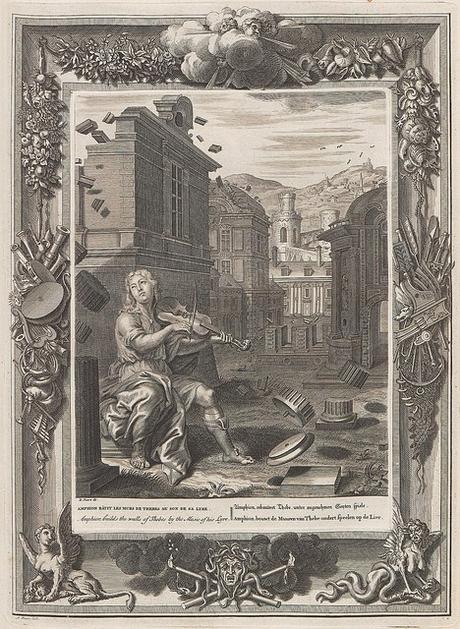
Amphion builds the walls of Thebes by the Music of his Lyre
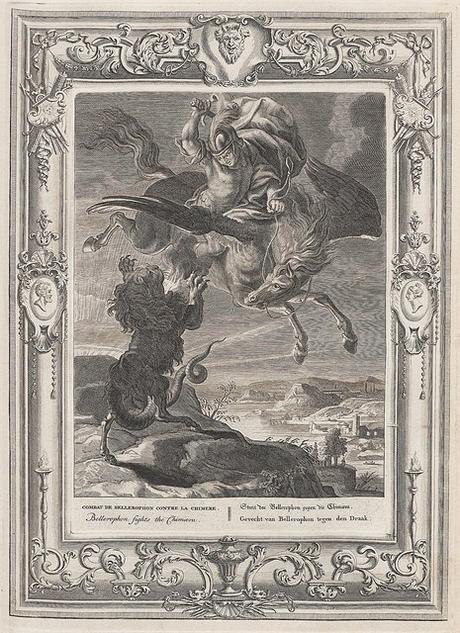
Bellerophon fights the Chimaera
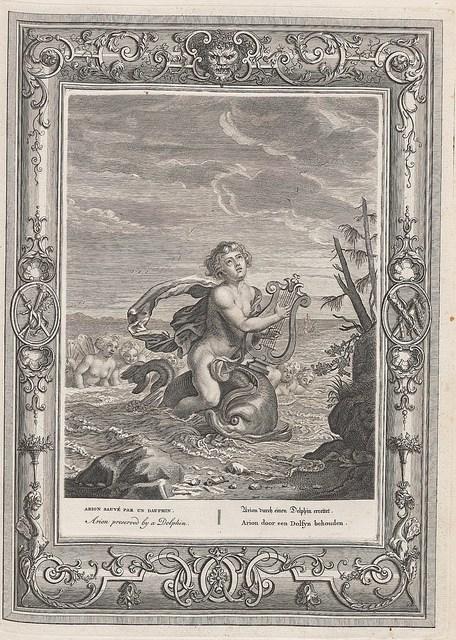
Arion preserved by a Dolphin
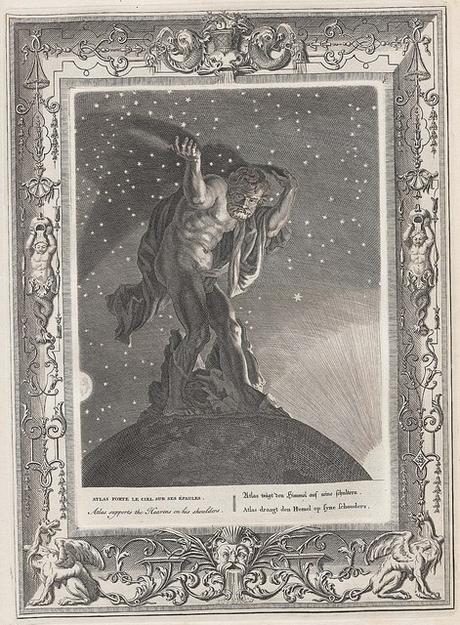
Atlas supports the Heavens on his shoulders
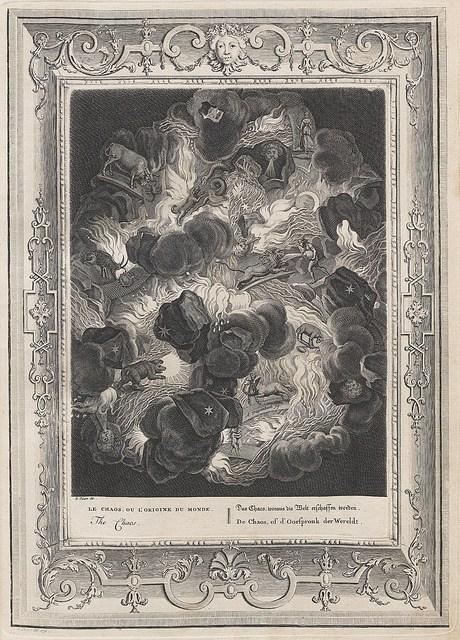
The Chaos, or the origin of the world

Ulysses and his companions avoid the charms of the Sirens
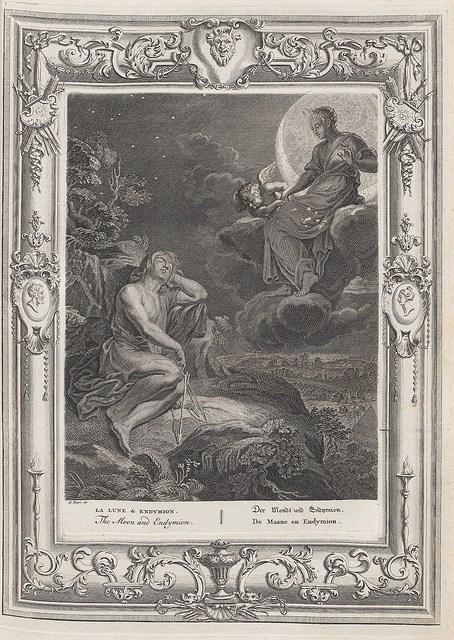
The Moon and Endymion
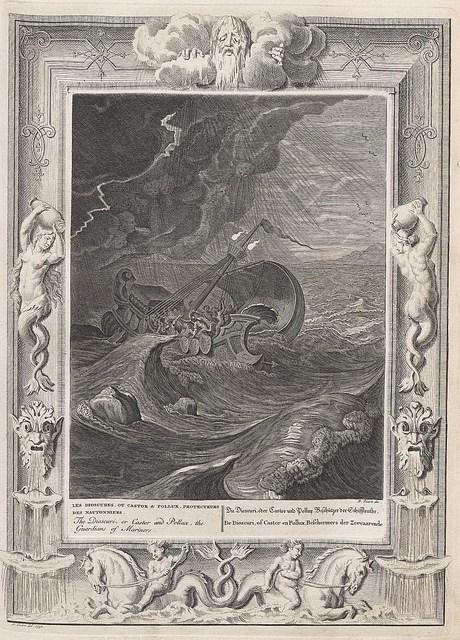
The Dioscuri or Castor and Pollux the Guardians of Mariners
Whether these images are indeed muses or mere food for thought, they are definitely a good reflection starting point, as they make you think about the stories they tell as well as about the ways in which these stories have influenced and worked with society in the passage of time. Today, as we see an overwhelming history of the present, having a bit of perspective might come in handy, as broader horizons give you more options for everything you might come across.
Fraquoh and Franchomme
P.S. We want to hear from you! Which of these stories or fables is your favorite? Why? Which of the illustrations is your favorite? Share your feedback, questions or thoughts in the comments below! For more articles on style, fashion tips and cultural insights, you can subscribe to Attire Club via e-mail or follow us on Facebook, Twitter or Instagram!

